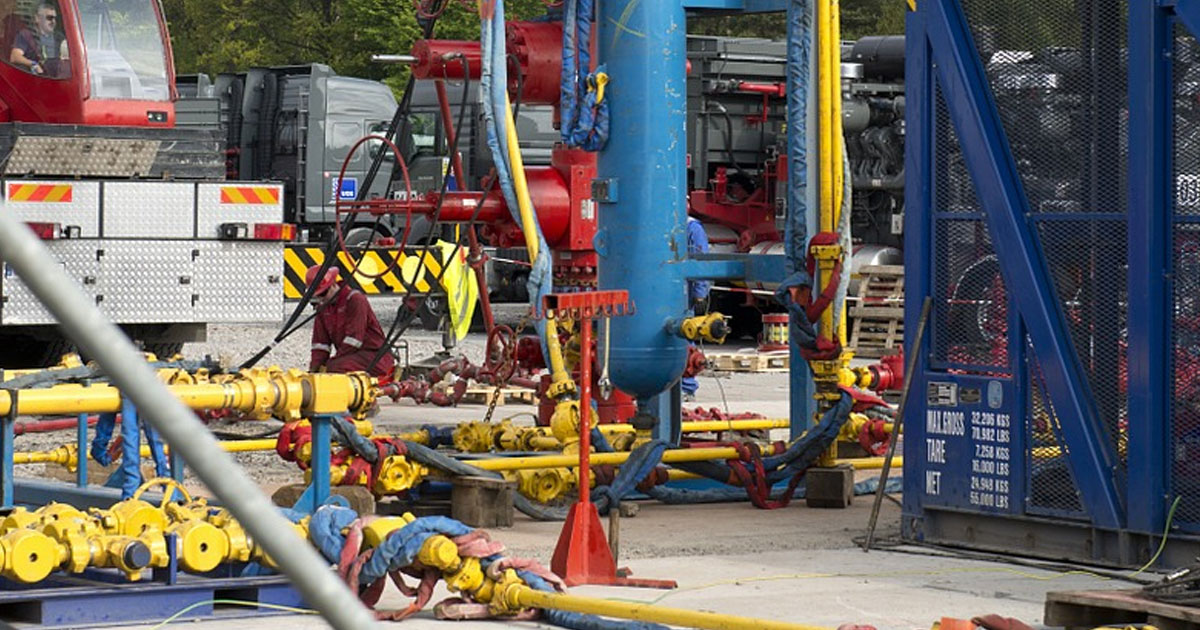Virtual Resource Room Navigation
Home
The perceived need for the hydraulic fracturing study was influenced largely by the absence of regulation specifically addressing hydraulic fracturing and its potential consequences to the environment. In June 2009, legislation was introduced to repeal the Hydraulic Fracturing Exemption from the Safe Drinking Water Act, which highlighted the desire of some within Congress to regulate the injection of hydraulic fracturing fluids in oil and gas operations.
As part of this continuing effort, Congressman Maurice Hinchey proposed to include in the fiscal year 2010 EPA Appropriations Bill a provision that “urge[s] the Agency to carry out a study on the relationship between hydraulic fracturing and drinking water, using a credible approach that relies on the best available science, as well as independent sources of information.” The Appropriations Bill including this language was approved by Congress on October 29, 2009.
EPA agreed to develop a comprehensive research study on the potential impact of hydraulic fracturing on drinking water resources on March 18, 2010. After years of study, on December 13, 2016, the U.S. Environmental Protection Agency (EPA) finally released its Final Assessment on Impacts from the Hydraulic Fracturing Water Cycle on Drinking Water Resources in the United States.
This guide is intended to present a collection of legal resources relating to EPA’s Hydraulic Fracturing Study. While the Center for Agricultural and Shale Law makes every effort to maintain and update the content furnished in this guide, no warranty or other guarantee is made regarding the timeliness or accuracy of any information provided.


